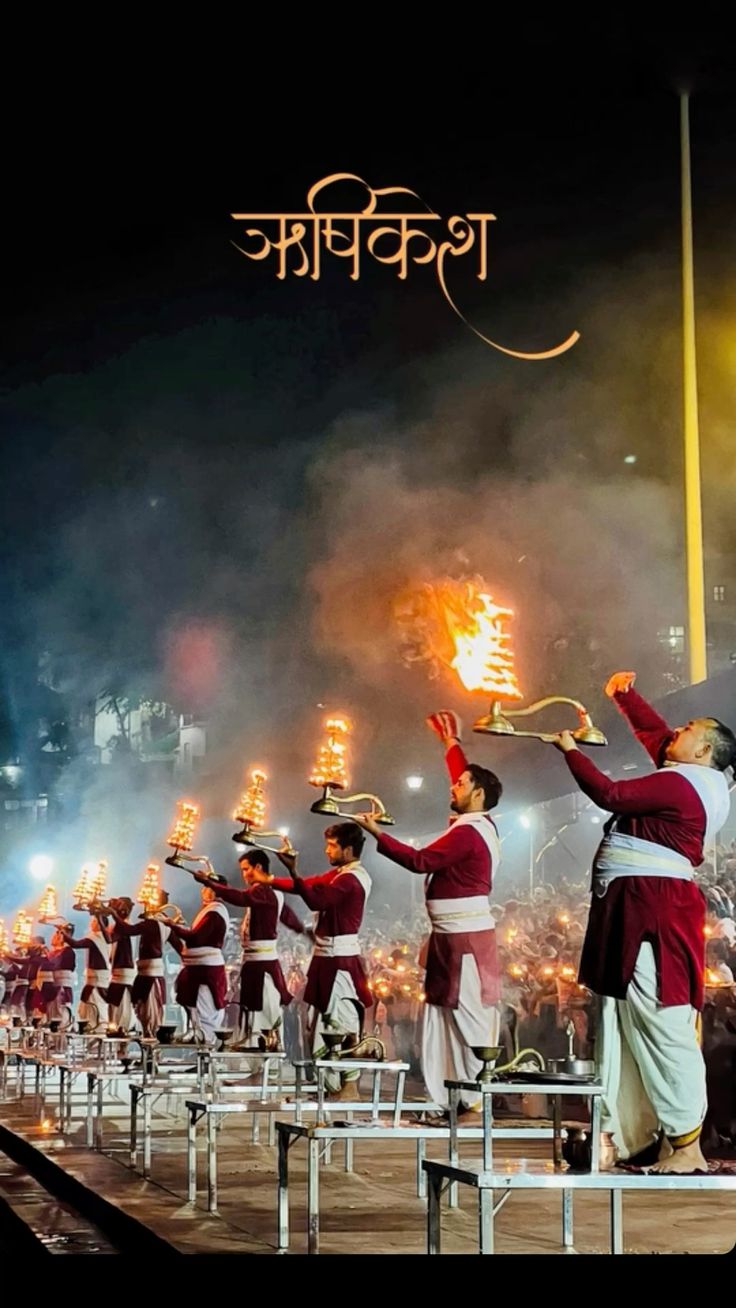Rishikesh: A Journey to Spiritual Awakening and Inner Peace
Introduction
Nestled in the foothills of the Himalayas, Rishikesh is a serene city in Uttarakhand, India, that holds immense significance for devotees, seekers of peace, and spiritual aspirants worldwide. Known as the “Yoga Capital of the World”, Rishikesh attracts millions of people each year who come to rejuvenate their souls, practice yoga, meditate, and experience spiritual awakening. Whether you are looking for inner peace, a connection with nature, or a deeper understanding of yourself, Rishikesh offers a transformative experience that stays with you for a lifetime.
1. History and Mythological Significance of Rishikesh
It’s history is deeply rooted in Hindu mythology. The name “Rishikesh” is derived from the Sanskrit words “Rishi” (sage) and “Kesh” (hair), meaning the “Lord of the Senses.” According to myth, Lord Vishnu meditated at this sacred location, and it was here that Rishi Raibhya performed penance to please Lord Vishnu, resulting in the area being named Rishikesh.
It is also mentioned in the Mahabharata and Ramayana, two of India’s ancient epics. It is believed to be the place where the Pandavas went on their journey to the mountains for their final journey. Throughout history, the city has been a spiritual hub for great sages, saints, and yogis who have meditated and found enlightenment in its tranquil environment.
2. Yoga Capital of the World
It’s reputation as the Yoga Capital of the World is no accident. This town has been at the forefront of yoga and meditation practices for centuries. The Yoga and Meditation Centers scattered throughout the town offer visitors the opportunity to practice traditional techniques of yoga, meditation, and Ayurveda. The International Yoga Festival, which takes place annually in Rishikesh, draws yoga enthusiasts from around the globe.
Here, people from all walks of life come to learn, practice, and live yoga under the guidance of experienced gurus. The serene environment and sacred atmosphere of Rishikesh make it an ideal destination for spiritual growth and rejuvenation. Whether you are a beginner or an advanced practitioner, Rishikesh’s diverse yoga schools offer something for everyone, including Hatha Yoga, Kundalini Yoga, Vinyasa, and Ashtanga.
3. Sacred Ganges River and Spiritual Significance
One of It’s most defining features is the Ganges River, which flows through the town with an aura of purity and sanctity. The Ganges holds immense spiritual significance in Hinduism, and Rishikesh is considered one of the holiest places to take a holy dip in its waters. Devotees believe that bathing in the Ganges at Rishikesh purifies the soul and washes away sins, granting spiritual blessings and good fortune.
The town is home to several ghats, or riverfront steps, where pilgrims perform rituals and prayers. The most famous of these is the Triveni Ghat, where the evening Ganga Aarti takes place. This mesmerizing ceremony, where devotees offer prayers to the river and light lamps in unison, is one of the most spiritually uplifting experiences in Rishikesh.
4. Daily Life and Observances
In Rishikesh, the rhythm of life revolves around spirituality, nature, and simple living. People here follow an ascetic lifestyle, focusing on prayer, meditation, and a connection with nature. The daily rituals at various temples, yoga classes, and the evening Ganga Aarti all play a vital role in maintaining the spiritual fabric of the town.
The influence of yoga and meditation is profound in daily life. Many visitors spend their days practicing yoga, attending spiritual lectures, and meditating by the banks of the Ganges. Others may choose to embark on a trek to the Himalayas, seeking further spiritual clarity. Ayurvedic treatments and spiritual healing practices are also popular among those looking to align their mind, body, and soul.
5. Important Temples and Landmarks
It is home to several important temples and landmarks, each with its unique spiritual significance. Some of the most notable include:
- Neelkanth Mahadev Temple: Dedicated to Lord Shiva, this temple is located on a hill and is surrounded by lush forests. It’s a significant pilgrimage site for devotees.
- Parmarth Niketan Ashram: One of the largest ashrams in Rishikesh, known for its spiritual programs, yoga classes, and Ganga Aarti.
- Lakshman Jhula and Ram Jhula: These iconic suspension bridges over the Ganges are not only architectural marvels but also spiritually significant as they are associated with the stories of Lord Rama and Lord Lakshman.
6. The Importance in Modern Society
In today’s world, Rishikesh serves as a beacon for those seeking spiritual enlightenment, peace, and balance amidst the chaos of modern life. The town offers a retreat from the hustle and bustle, helping people reconnect with themselves and their spiritual roots. As the hub of yoga and meditation, Rishikesh has become a global center for people seeking to improve their physical, mental, and emotional well-being.
It has also contributed significantly to the environmental consciousness of society. It has been a forerunner in promoting the preservation of the Ganges River, which is often a focal point of conservation efforts, as well as eco-tourism initiatives that highlight the beauty of its natural surroundings. Many visitors come to Rishikesh to volunteer in social and environmental causes, making the town a beacon for holistic living.
7. FAQs
- What is the best time to visit?
The ideal time to visit Rishikesh is during the winter months from September to March. The weather is pleasant, making it perfect for outdoor activities such as trekking, yoga, and river rafting. - How do I get?
It is well connected by road, rail, and air. The nearest airport is Jolly Grant Airport in Dehradun, about 20 kilometers away. The town also has a well-connected railway station, and buses and taxis regularly run from nearby cities like Delhi. - Is it safe to visit Rishikesh?
Yes, It is generally considered safe for tourists. However, like any travel destination, it’s always advisable to be cautious with your belongings and follow local guidelines for spiritual practices. - What activities can I do in Rishikesh?
Apart from yoga and meditation, It offers activities like rafting on the Ganges, trekking, and exploring ancient temples. You can also take part in volunteer programs that focus on local development and conservation. - What is the significance of the Ganga Aarti?
The Ganga Aarti is an evening ritual where devotees gather by the river to offer prayers to the Ganges. It involves chanting hymns, lighting lamps, and making offerings to the sacred river, creating a deeply spiritual atmosphere.
Conclusion
It is more than just a tourist destination; it is a spiritual oasis that offers peace, balance, and enlightenment. Whether you are a spiritual seeker, a yoga enthusiast, or someone looking for a retreat from the chaos of everyday life, Rishikesh is the ultimate destination. Its ancient temples, sacred river, and rich cultural heritage make it a profound place to experience self-reflection, inner peace, and transformation. Come, visit Rishikesh, and embark on a journey of self-discovery that will stay with you forever.










